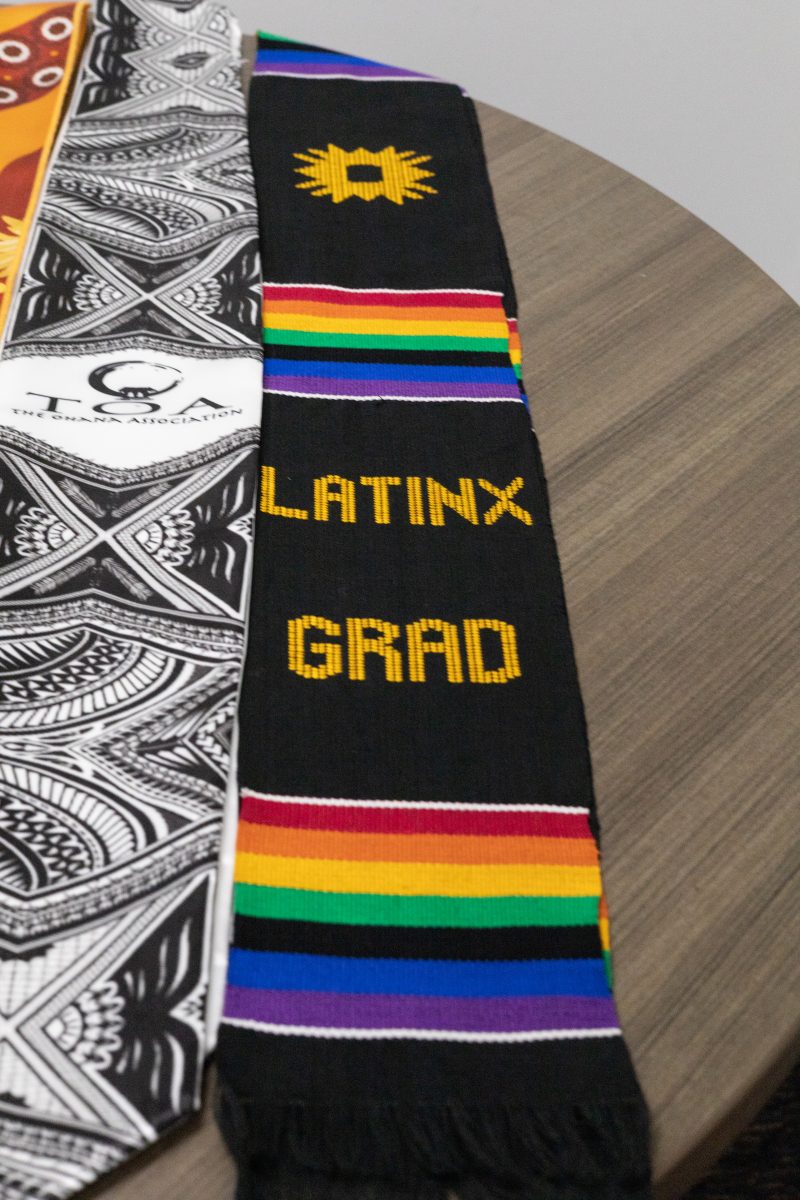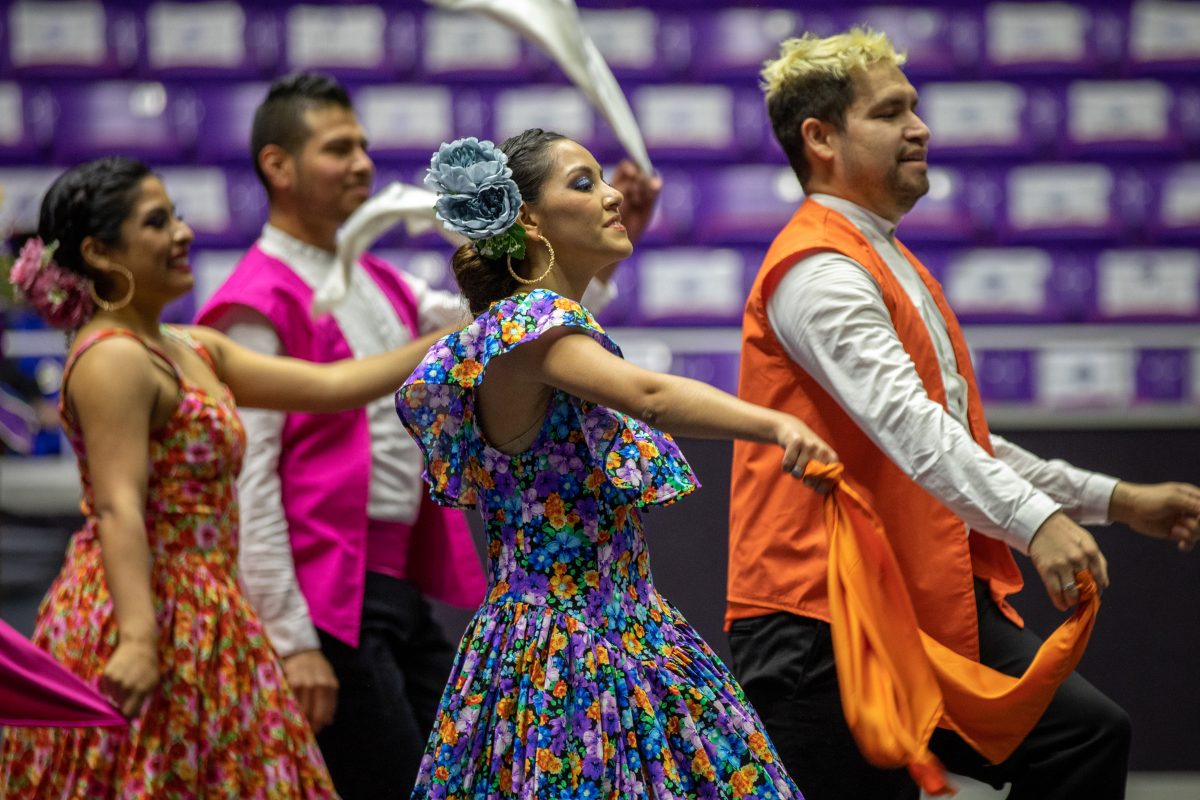
Loteria, known to many as Mexican Bingo, is a traditional card game that has been passed down many generations. Although the game originated in Italy, it was brought into the Mexican culture via Spain.
“Loteria” is the Spanish word for lottery. While it is a game of chance, the rules of the game are more similar to bingo and it consists of a set of 54 cards.
Each card has a different picture, and its corresponding name in Spanish underneath. Each player then chooses a board with randomly selected images across it, like bingo cards. Players mark their free spots to begin the game.
The game can be played many ways. The way each person was taught how to play largely depends on the area they grew up in or where their family is from. One way to play is having one person be the role of el cantor, or the caller, who is responsible for calling out a riddle that goes with the picture.
For example, if the caller picked “la mano,” a corresponding riddle would be “la mano de un criminal.” This way of playing is typical of Oaxaca, Mexico. Another way of playing would simply be calling out “la mano” and holding up the card for all the players to see. The players then mark the spot with either corks, bottle caps, small rocks or pinto beans.
The first player with four chips in a horizontal, vertical, diagonal or, in some games, squared pattern wins the game after shouting “Loteria!” Card decks can now be bought in most Mexican markets.
For this reason, it’s also a tool that has been used for educational purposes. It has been used to teach reading, writing and proper social values. This simple card game is used in several high school classroom settings to give the students a way to practice speaking, writing and connecting words to images.
The most famous version of the cards uses the artwork titled “Don Clemente Gallo,” which was introduced in Mexico by French businessman Don Clemente Jacques.
The images on the cards have been an iconic tie to the Mexican culture over the years; They instill a sense of pride and tradition.
Because it became such an iconic style of artwork, the tablas remained unchanged for over 100 years after the original artwork came out.
Since then, artists have created dedication versions of the game in honor of the original artwork and the significance it plays within Mexican culture.








